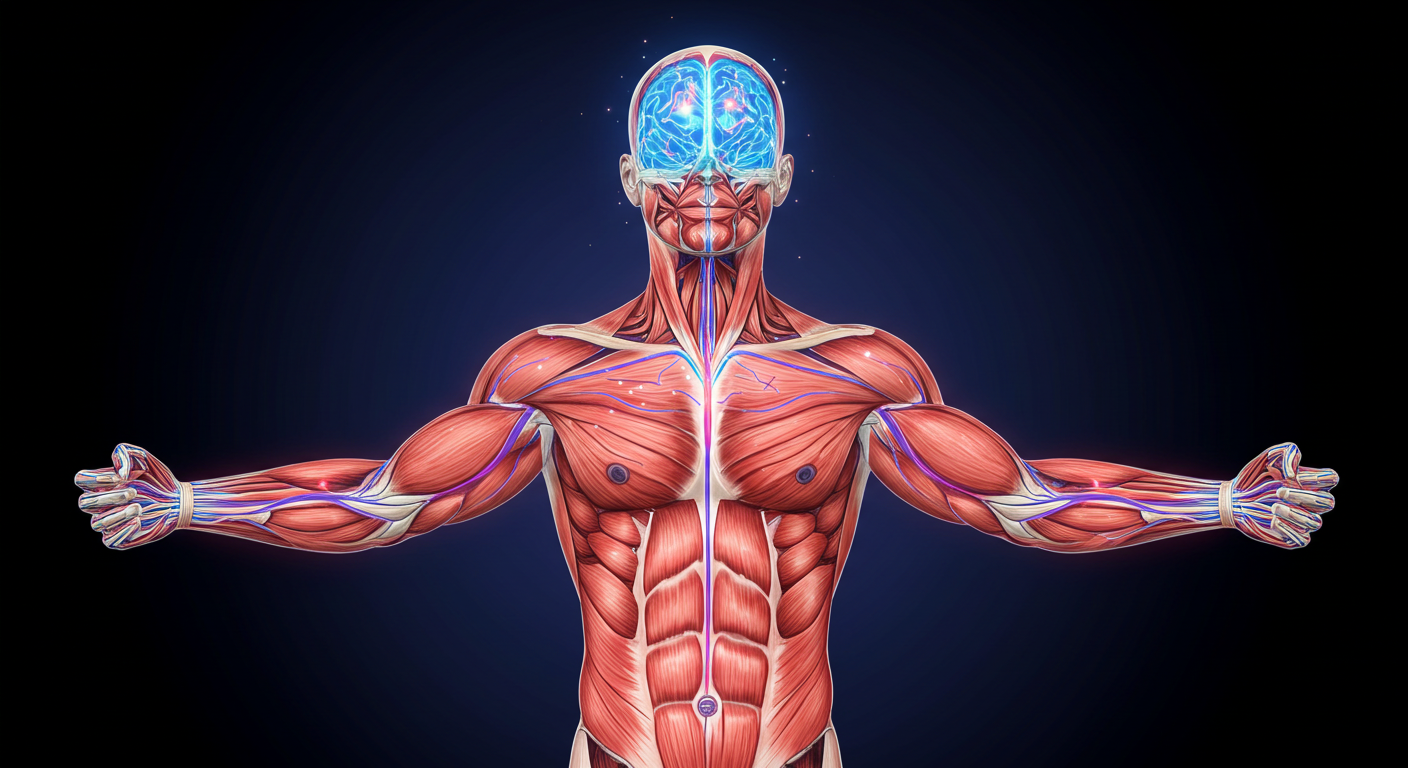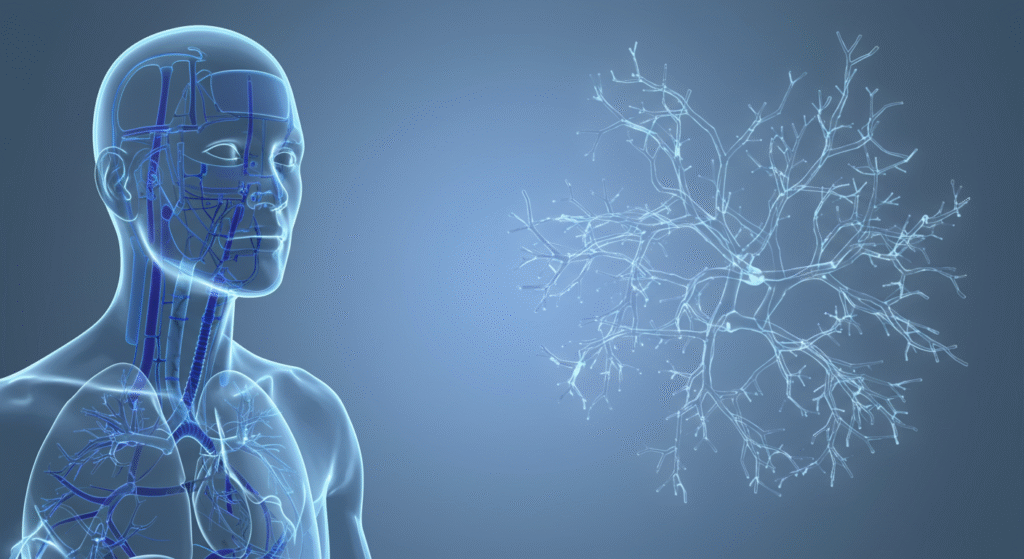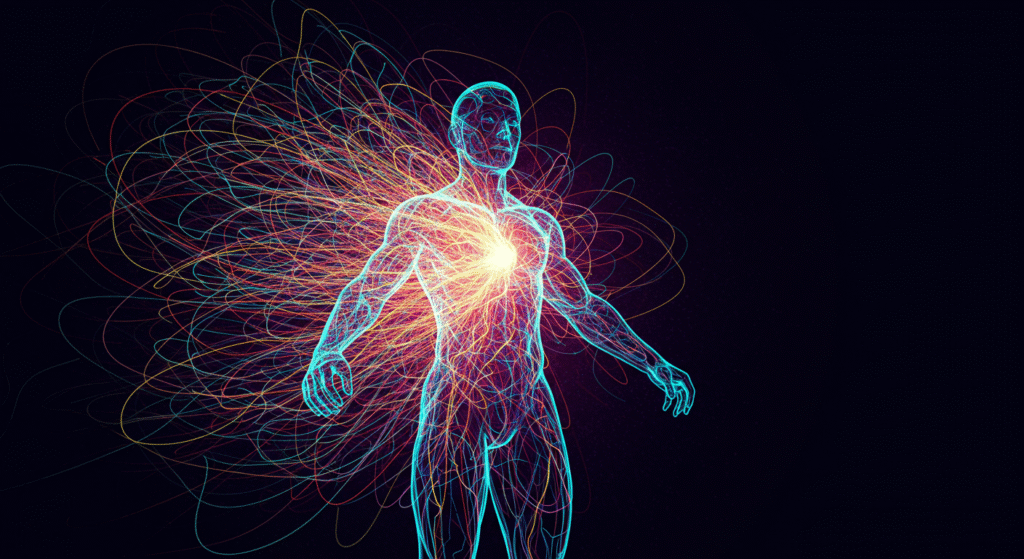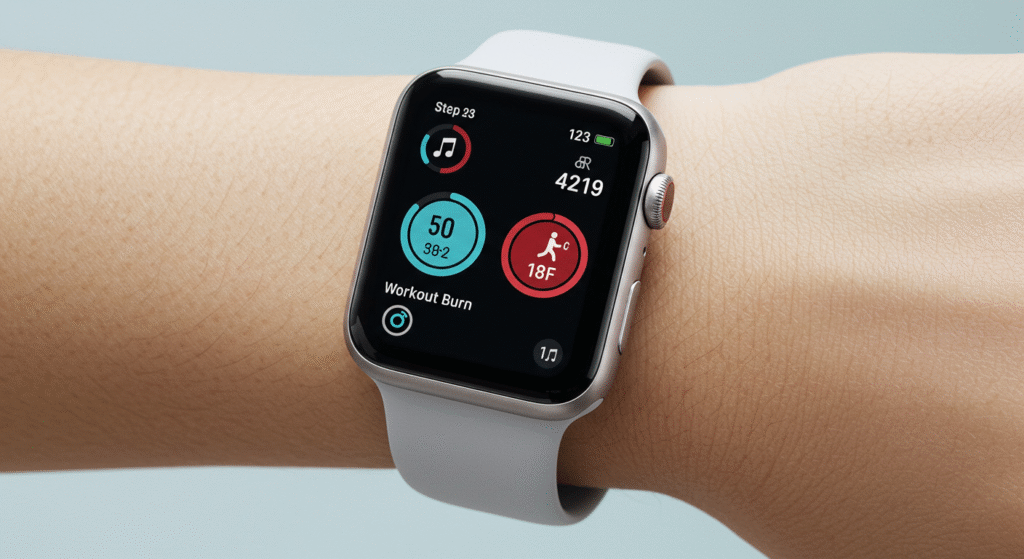Are you ready to unlock your full potential? Understanding the intricate details of human physiology and applying biohacking strategies can reshape how you experience energy, performance, and overall well-being. This blog takes you on a detailed exploration of the intersection between biology and optimization, empowering you with actionable tactics to reach peak energy levels.
Table of Contents
- Introduction to Human Physiology & Performance
- Why Energy Optimization Matters
- The Role of Nutrition in Energy Levels
- Biohacking Sleep for Maximum Energy
- Exercise as a Foundation for Performance
- The Science of Stress Management
- Technology and Wearables in Biohacking
- FAQs on Human Physiology & Performance
Introduction to Human Physiology & Performance
The term “human physiology” relates to how our bodies function, while performance encompasses physical, mental, and emotional output.
When combined, understanding Human Physiology & Performance gives you the tools to enhance your energy levels and achieve unparalleled efficiency.
Biohacking, at its core, focuses on small, strategic actions that positively affect our bodies and brains.
These methods often integrate science-backed practices with self-experimentation, refining how we feel, perform, and function.
Consider this blog your comprehensive guide, unveiling specific steps you can take to upgrade both energy and output.
Whether you’re a professional athlete, a busy parent, or a corporate leader, the strategies provided here are tailored to help you thrive.
Key Takeaway:
Biohacking your energy requires understanding the basics of human physiology and making small yet impactful changes to daily habits.
Why Energy Optimization Matters
Energy doesn’t just power your day; it drives productivity, focus, and long-term vitality.
Modern lifestyles often leave us depleted—mentally, physically, and emotionally—making energy optimization a necessity.
The Price of Low Energy
- Reduced Productivity: Fatigue compromises work and decision-making.
- Health Risks: Chronic low energy links to poor immunity and metabolic disorders.
- Impacts on Mental Clarity: Foggy thinking diminishes performance and creativity.
By tuning into Human Physiology & Performance, you’ll uncover hidden barriers to energy and unlock sustainable solutions. From mitochondrial repair to hormonal balance, energy optimization enhances every aspect of your life.
Fun Fact: Did you know mitochondria—tiny powerhouses in your cells—generate up to 90% of your energy? Boosting mitochondrial health is a key biohacking focus for maximizing vitality.
Quick Tips:
| Barrier | Solution |
|---|---|
| Sleep deprivation | Practice consistent bedtime routines |
| Poor nutrition | Increase whole, nutrient-dense foods |
| Chronic stress | Implement stress-relief techniques daily |
Bottom Line:
Energy optimization maximizes your physiological potential while sharpening your overall performance.
The Role of Nutrition in Energy Levels
Key Nutrients for Energy Metabolism
Your body’s energy production relies heavily on balanced nutrition.
Foods rich in macronutrients (carbohydrates, fats, and proteins) and micronutrients (vitamins and minerals) form the backbone of Human Physiology & Performance.
Top Energy-Boosting Foods:
- Leafy Greens (Spinach, Kale): Packed with iron and magnesium.
- Eggs: Loaded with protein and B-vitamins to sustain energy.
- Fatty Fish (Salmon, Mackerel): Rich in omega-3 fatty acids and energy-supporting nutrients.
Common Pitfalls in Diet:
- Excess Sugar Intake: Leads to energy crashes.
- Nutrient Deficits: Missed meals cause inconsistent energy levels.
- Hydration Neglect: Even mild dehydration diminishes performance.
To fuel optimal energy:
- Start your day with a fiber-rich breakfast.
- Include lean proteins like chicken or tofu in meals.
- Hydrate consistently, aiming for eight glasses (or more) daily.
Key Takeaway:
Focus on nutrient-filled meals that align with your energy goals. Balanced nutrition fuels both high performance and endurance.
Types of Human Physiology
Human physiology can be divided into several specialized areas, focusing on the body’s systems and their functions. Below are the main types:
- Cardiovascular Physiology: Explores how the heart, blood vessels, and blood work together to circulate oxygen and nutrients throughout the body.
- Respiratory Physiology: Focuses on the functions of the lungs and airways, examining how oxygen is inhaled and carbon dioxide is exhaled.
- Muscular Physiology: Studies how muscles contract and generate movement, as well as the role of energy and proteins in muscle function.
- Nervous System Physiology: Examines how the brain, spinal cord, and nerves coordinate sensory input and motor output to control body functions.
- Renal Physiology: Investigates how the kidneys regulate fluid balance, remove waste, and maintain electrolyte levels.
- Endocrine Physiology: Analyzes hormone production and secretion, focusing on how hormones regulate growth, metabolism, and reproduction.
- Digestive Physiology: Explores how the digestive system breaks down food to absorb nutrients and eliminate waste.
- Immune Physiology: Focuses on how the body defends itself against pathogens through a combination of specialized cells and responses.
Understanding these types of physiology helps in identifying how the human body functions as an interconnected system, promoting health and well-being.
Biohacking Sleep for Maximum Energy
If you feel drained despite adequate sleep, the problem might lie in sleep quality rather than quantity. Biohacking your sleep means optimizing your rest to support peak Human Physiology & Performance.
Sleep Optimization Tactics:
- Screen-Free Evenings: Reduce blue light to encourage melatonin production.
- Cooler Room Temperature: Studies show 60–67 degrees Fahrenheit is ideal for sleep.
- Consistent Sleep Schedule: Going to bed and waking up at the same time regulates your body’s circadian rhythm.
| Sleep Issue | Biohacking Fix |
|---|---|
| Trouble falling asleep | Practice mindfulness or deep breathing |
| Waking up tired | Invest in sleep-tracking wearables |
| Frequent waking | Avoid caffeine 6 hours before bedtime |
Final Thought:
Sleep accounts for nearly one-third of your life. Enhancing its quality maximizes your performance every waking hour.
Exercise as a Foundation for Performance
Movement Drives Energy
Engaging in regular exercise has profound effects on both mind and body. Physical activity stimulates endorphins, reduces stress hormones, and improves Human Physiology & Performance.
Best Exercises for Energy Improvement:
- High-Intensity Interval Training (HIIT): Delivers cardiovascular and strength benefits in a short time.
- Yoga: Calms the mind while enhancing mobility and flexibility.
- Walking: Doesn’t stress joints and builds stamina efficiently.
Sustainability Over Intensity
Over-exercising can harm energy levels. Listen to your body, alternating high-intensity days with lighter, recovery-focused activities.
Quick Takeaway:
Even short bursts of movement release energy-boosting hormones, elevating your performance.
The Science of Stress Management
Stress tightens the brakes on your energy production by increasing cortisol levels. Chronic stress disrupts Human Physiology, affecting everything from sleep to decision-making.
Tools to Hack Stress Levels:
- Meditation: Proven to reduce cortisol within weeks.
- Journaling: Helps organize your thoughts and alleviate mental clutter.
- Therapy: Speaking to a professional provides personalized stress solutions.
| Symptom | Stress Management Solution |
|---|---|
| Persistent fatigue | Practice daily mindfulness |
| Emotional instability | Regular physical exercise or outdoor time |
| Overwhelm | Break tasks into smaller, manageable goals |
Remember, stress is natural—it’s how you handle it that matters most.
Technology and Wearables in Biohacking
From apps that track sleep cycles to wearables that monitor heart rate variability, technology is a biohacker’s best friend. Devices can help you measure and refine each aspect of your Human Physiology & Performance.
Best Wearables for Energy Management:
- Whoop Strap: Tracks strain and recovery.
- Oura Ring: Monitors sleep cycles and readiness.
- Apple Watch (with fitness tracker): Measure steps, calories, and workouts.
Final Thoughts:
Use these gadgets to gain deeper insights into your body while creating personalized performance plans.
FAQs on Human Physiology & Performance
1. What is biohacking in simple terms?
Biohacking is the practice of making small, science-backed changes to improve health and performance.
2. How does diet influence energy?
A nutrient-rich diet provides your body with essential vitamins and minerals needed for optimal energy production.
3. Can stress coaching really help?
Yes. Techniques like mindfulness, prioritization, and professional guidance can significantly reduce stress-related fatigue.
4. How much sleep is optimal for peak performance?
Seven to nine hours per night is recommended for adults, emphasizing quality and consistency.
5. Is wearable technology worth it for biohacking?
Definitely. Devices provide actionable insights, helping to track and optimize physiological performance.
6. What is the physiology of human performance?
It involves the intricate interaction between the body’s systems—such as muscular, cardiovascular, and nervous systems—to generate energy, sustain physical activity, and recover efficiently, enabling peak functionality and endurance.
7. What is Human Physiology?
Human physiology is the study of how the human body functions, focusing on the mechanisms and interactions of its systems to maintain health and sustain life.
8. Is Human Physiology a course?
Yes, Human Physiology is commonly offered as a course in schools, colleges, and universities, focusing on the study of the human body’s functions and systems.
By mastering the basics of human physiology and employing biohacking strategies, you allow yourself to work smarter—not harder—toward energy and performance that fuel an exceptional life.
References
- Silverthorn, D. U. (2019). Human Physiology: An Integrated Approach (8th ed.). Pearson Education.
- Guyton, A. C., & Hall, J. E. (2020). Textbook of Medical Physiology (14th ed.). Elsevier.
- Tortora, G. J., & Derrickson, B. (2020). Principles of Anatomy and Physiology (16th ed.). Wiley.








